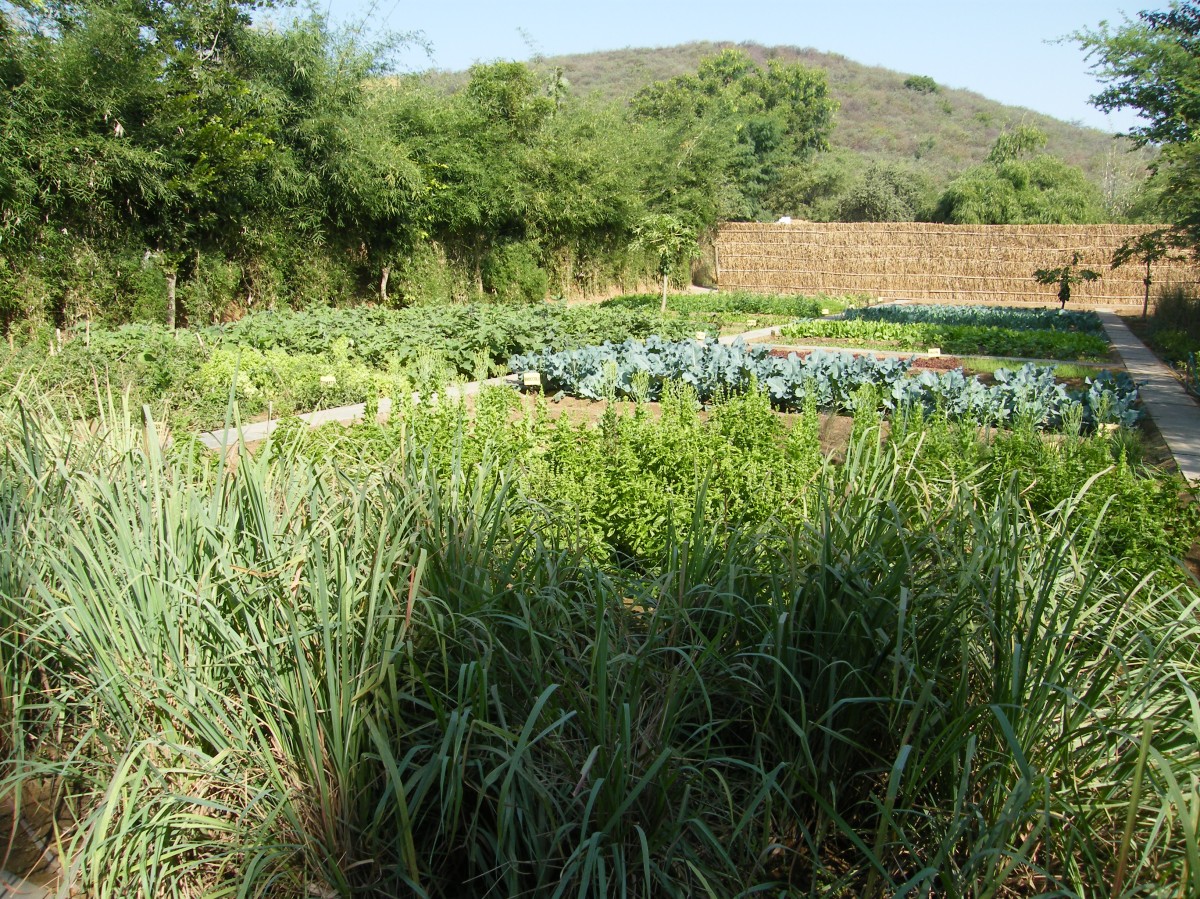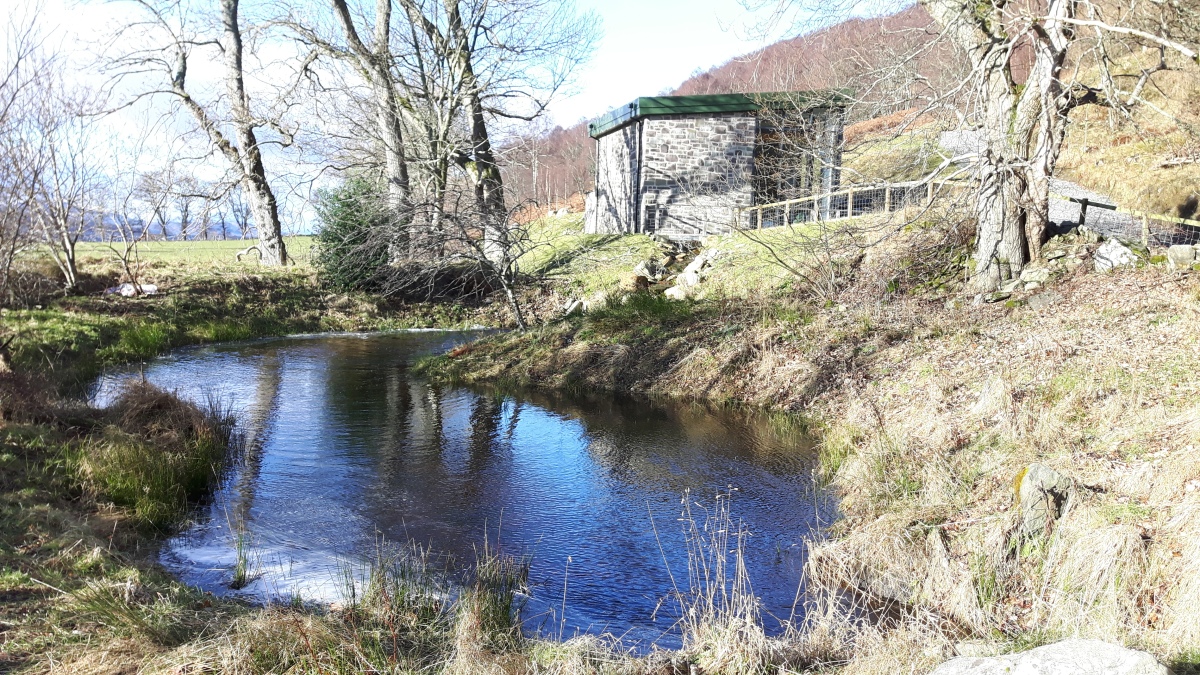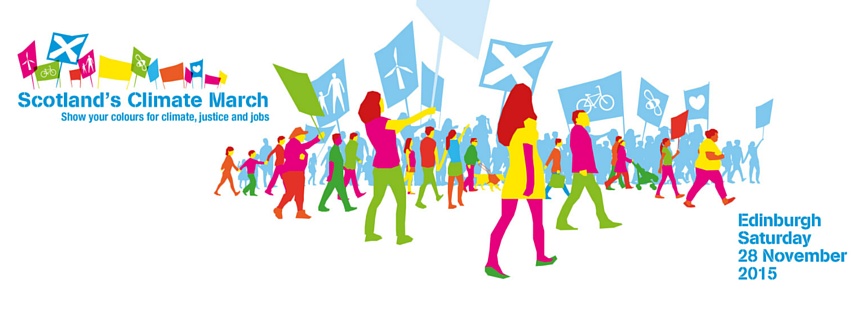Famine in East Africa
My studies on the University of Exeter’s Futurelearn Climate Change course over the past two weeks have been set against a sad and dramatic background. We have been studying and debating issues of food security in a context in which UK aid agencies launched a joint fundraising appeal to help millions of people facing hunger in East Africa. It is estimated that this affects more than 16 million people in South Sudan, Somalia, Kenya and Ethiopia.
The focus of our online course is the origins, the science and the potential solutions to address climate change. It is drought and conflict which have left millions of people in East Africa in immediate need of food, water and medical treatment, but these are issues which in many places around the world are now thought to be linked to, and exacerbated by, climate change. People in East Africa need urgent help now, but it’s clear that food security problems will increase unless they are addressed with long-term solutions.
The Guardian 7 March 2017 pointed to a lack of international coordination and financing:
but the article also notes that in the Horn of Africa “The familiar pattern of crop failure, livestock deaths and rising food prices has exposed pastoralists and farmers to acute risks and left 12.8 million in need of assistance.”
Action in Scotland
The Scottish Catholic International Aid Fund (SCIAF) already works in some of the poorest communities in the world, focussing efforts on four areas of work: Farming and Livelihoods, Peacebuilding, Education and Emergency Work. At this time of year, parishes throughout Scotland join together to fundraise for the Wee Box campaign (http://www.sciaf.org.uk/the-wee-box/.)
This year the focus for fundraising is Zambia, to provide seeds, tools and training to enable families to grow enough food. This has already enabled families to take action for themselves, with one example being a family who, instead of doing odd jobs for food, sold some of their vegetables to their neighbours and used the money to buy solar panels. For the first time, the family have an electric light in their home.
Now the focus of the Wee Box campaign has had to be widened to encompass the urgent appeal to help get food and water to thousands of people being affected by famine and hunger in East Africa.
Last year, 2016, among other causes, SCIAF raised funds through the Wee Box for pastoralists in Ethiopia, helping cattle herders to access clean water, both for people and their livestock, to access animal feed and veterinary services and to maintain an income.
This was set alongside a campaign to encourage action for climate change, recognising that the food security issues faced by those needing help were increasingly likely to be impacted by climate change: “the pastoralist way of life is under threat because of drought. Without rain, grass and grazing land doesn’t grow, animals die, leaving families with no money and no food.”
SCIAF has recognised the need to campaign for action on climate change for some time, joining 5000 people on the rainy streets of Edinburgh the weekend before the UN climate negotiations in Paris in November 2015, to call on world leaders to agree an ambitious deal. Around the world, 785,000 people marched in 175 countries. In addition 3000 SCIAF supporters emailed their Members of the Scottish Parliament, asking the Scottish Government to continue to make climate change action a priority. At the Paris Conference, the First Minister announced additional help for climate projects in sub-Saharan Africa through the Climate Justice Fund.
SCIAF continued, as a part of a climate coalition, Stop Climate Chaos Scotland, to campaign throughout the 2016 elections to the Scottish Government. Scotland has set out its own emissions targets in the Climate Change (Scotland) Act 2009, and is currently studying responses to a consultation on a new Climate Plan. During 2017, SCIAF’s Powering our Common Home Campaign is petitioning the Scottish Government to
- Set out a clear plan to phase out fossil fuels from Scotland’s energy mix and push for rapid growth in our use of clean energy
- Prevent new fossil fuel projects
- Work across government to promote access to clean energy for people in developing countries.
Addressing climate change and food security worldwide
In 2008 the Food and Agriculture Organization of the United Nations (FAO) published its framework document on Climate Change and Food Security:
http://www.fao.org/forestry/15538-079b31d45081fe9c3dbc6ff34de4807e4.pdf
This defined four dimensions of food security likely to be affected by climate change: food availability, food accessibility, food utilization and food systems stability. The framework described a wide range of likely impacts, over the short term and the long term. Importantly, in the context of thinking about the present crisis in East Africa, it was noted that people who are already vulnerable and food insecure are likely to be the first affected. Amongst these are people with livelihoods based on agriculture, who are already vulnerable to food insecurity and now face risk of increased crop failure, new patterns of pests and diseases, lack of appropriate seeds and planting material, and loss of livestock. Perhaps presciently, the report also predicted food systems would be affected through possible internal and international migration and resource-based conflicts.
The FAO proposed action is needed to strengthen the resilience of rural people and to help them cope with additional threats to food security, noting that in the agriculture sector, climate change adaptation can go hand-in-hand with mitigation measures and these need to be integrated into development approaches. In particular the approach needed is to provide local communities with site-specific solutions.
In a further report (http://www.fao.org/docrep/014/i2096e/i2096e.pdf on Climate change, Water and Food Security, the FAO drew on the 2007 4th Assessment of the International Panel on Climate Change (IPCC.) The FAO further noted that the patterns of demand and supply of water for agriculture – the dominant user of freshwater – would vary due to the impacts of climate change, placing at risk both the livelihoods of rural communities and the food security of a predominantly urban population; the rural poor are likely to be disproportionately affected, particularly in Africa and South Asia.
The report comments on the complexity of expected impacts and of responses needed depending on particular circumstances of local populations. It notes changing contexts such as increasing urbanisation and factors such as “the world’s consumption of meat is rising and intensifying, especially in rapidly developing economies (such as China). Adaptation measures are examined, including the response of institutions and implications for investment. The report suggests that “climate change will increasingly be entwined with complex choices and trade-offs.” Mitigation strategies are also considered since agriculture accounts for 14% of total GHG emissions and indirectly accounts for a further 7% incurred by the conversion of forests to agriculture. The report concludes that a “more detailed and regionally/nationally focused assessment of climate change impacts on agriculture in developing countries, with appropriate stakeholder participation” is needed. In addition to the required cooperation between international organizations and development partners, farmers’ perspectives in adapting to climate change must be taken into account.
Learning about climate impacts and responses
To introduce us to this wide-ranging area of study, our course drew attention to the effects of changing climate on crops and how yields will vary over the next few years. We focussed on the impact of disease on crop yields – specifically on the impact of fungi on crops, since the most serious of the pathogens that threaten food security are caused by fungi.
It is predicted that by 2050, the population will reach 9.2 billion people and 86% of the projected increase will be living in less economically developed countries. We learned that because of climate change, diseases are being found in new locations and new diseases are emerging. As the world warms, crops and their distribution move polewards, and a gradual shift in the pathogens towards higher latitudes is also taking place. Particular risk has arisen from the introduction of high yielding varieties of crops in vast monocultures. We heard that research is focussing on potential solutions to increase the resistance of crops to disease.
We had already considered ocean acidification caused by increasing carbon dioxide levels in our atmosphere, thinking about its impact on biodiversity and on the food chain, since the oceans are an important source of food. Many of the students referred back to this in discussing food security.
The debate on what needs to be done globally was wide-ranging, but we were also thinking about what we ourselves need to promote (the students on the course come from over 120 countries!)
Potential actions focussed on aiming for healthy and sustainable diets, reducing food waste (http://www.fao.org/save-food/resources/keyfindings/en/), making compost, eating less meat, becoming vegan/vegetarian, growing our own food including on roofs as well as in gardens, education and tackling consumer behaviour. Other discussions drew attention to what’s happening elsewhere eg http://economictimes.indiatimes.com/news/economy/agriculture/how-kerala-is-making-the-most-of-organic-farming-revolution/articleshow/48127649.cms
and to how attitudes are changing http://www.foodsecurity.ac.uk/assets/pdfs/public-attitudes-climatic-shocks-interaction-food-system.pdf .
Perhaps this will turn out to be, for us as a community of students, a good example of “Think globally, act locally” that is, asking people to consider the health of the entire planet and its people, and to take action in our own communities.
Thanks to mentors and other students for helpful links!
















 .
.





